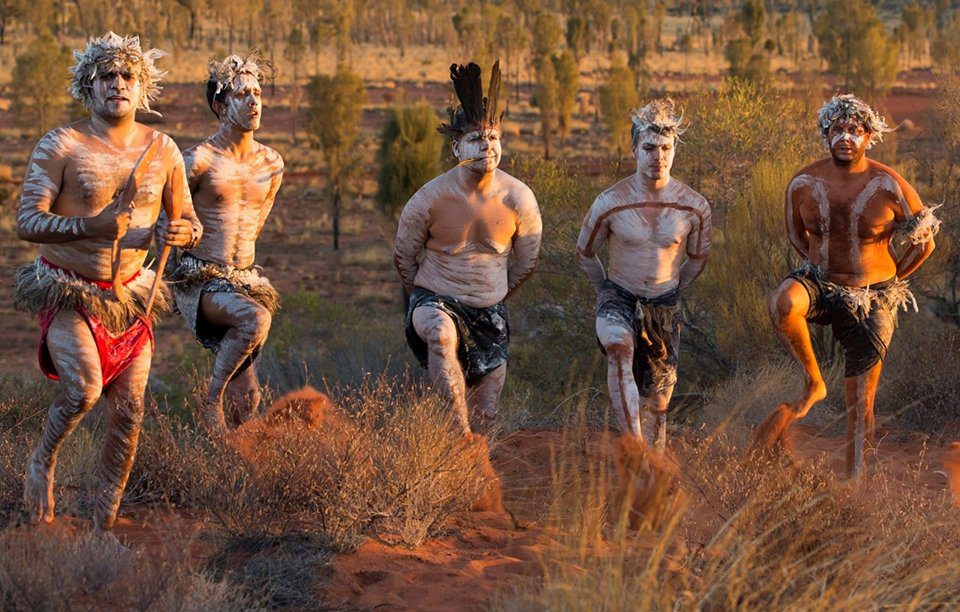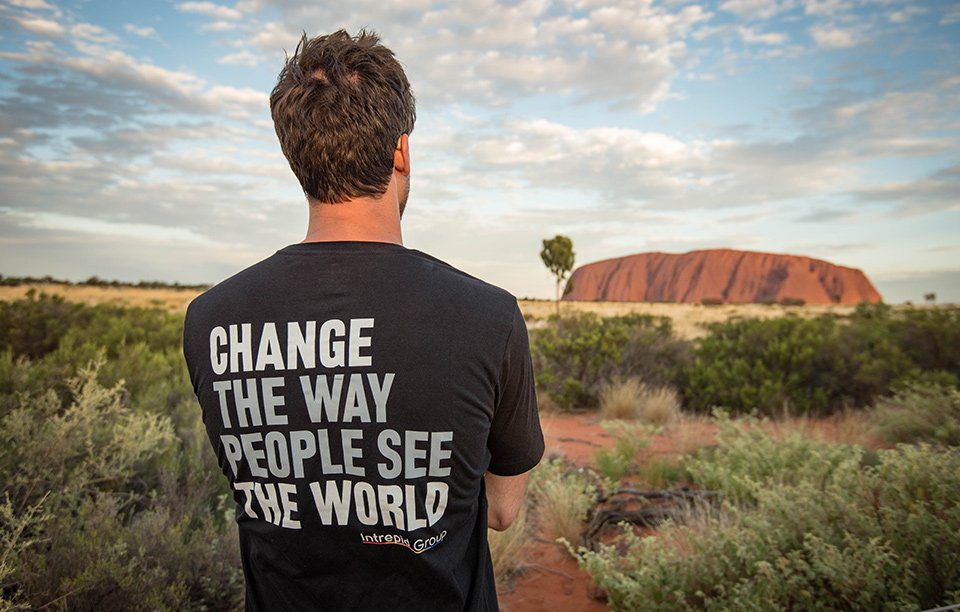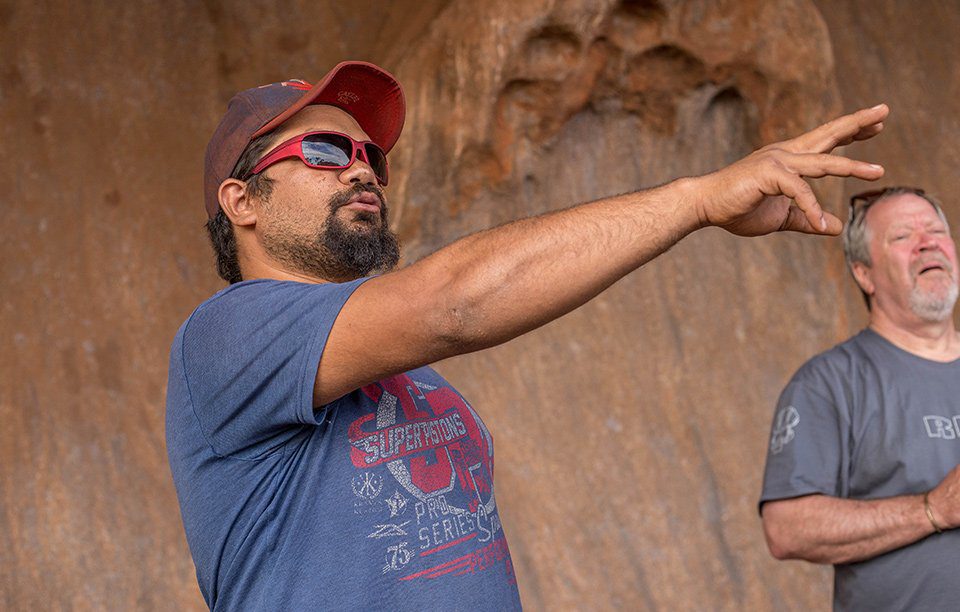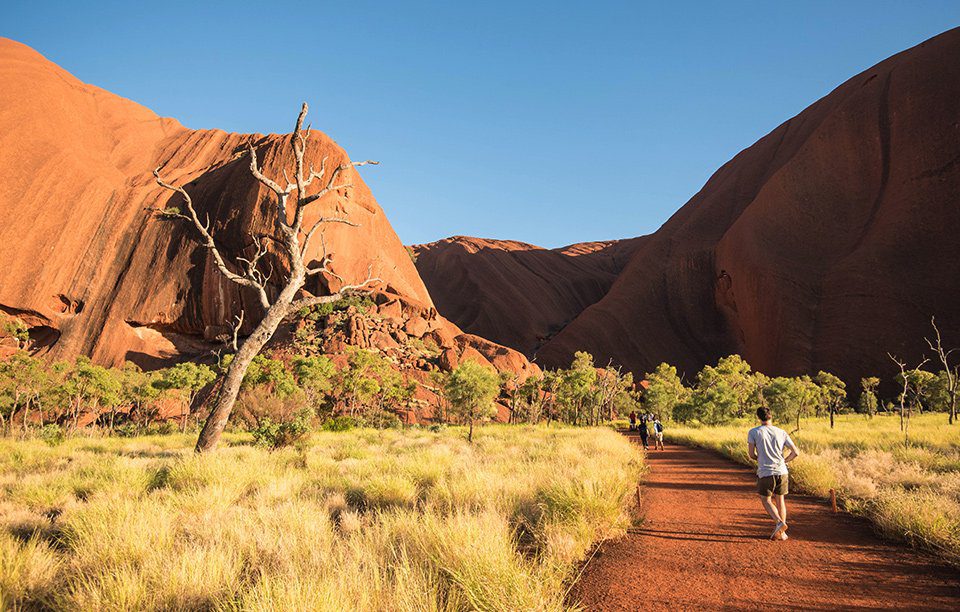With only a few weeks to go until climbing Uluru is officially banned for good, Australian and overseas tourists are clamouring in their thousands to conquer the sacred site despite being urged not to.
The climb will officially close on October the 26th, 2019, a decision which was made in November 2017 by the management board of the Uluru-Kata Tjuta National Park.
While some say may say “why wasn’t it closed sooner?” the date was chosen for symbolic reasons, formally marking 34 years since the sacred site was handed back to the land’s traditional owners, the Anangu people.
But despite the traditional owners pleading with visitors to respect the rock’s safety concerns and sacred values, the last few months and recent school holidays have seen tourists en-masse queueing to scale the world heritage-listed site.
The Australian newspaper even carried the headline ‘Last chance to climb Uluru’ in its recent weekend edition, calling tourists at the rock ‘pilgrims’ and has since received a massive social media backlash in response.
When the closure was initially announced back in 2017, Uluru-Kata Tjuta National Park Chairman and senior traditional owner Sammy Wilson made an impassioned speech prior to the vote, in an attempt to educate visitors by explaining the sacred nature of the site.
“It is an extremely important place, not a playground or theme park like Disneyland. If I travel to another country and there is a sacred site, an area of restricted access, I don’t enter or climb it, I respect it. It is the same here for Anangu. We welcome tourists here. We are not stopping tourism, just this activity.”
Parks Australia, who are the government body which manages the national park, says that 87% of visitors now choose not to climb Uluru, though around 10,000 people still climbed the rock last year.
At least 36 people have died while attempting the climb with many others injured. The last fatality was a 76-year-old Japanese tourist in July last year.

What’s the challenge?
The local Anangu people have for many years urged visitors not to climb Uluru as it is a sacred part of their culture.
Parks Australia even has a section on its website titled ‘Please don’t climb Uluru‘.
“We Anangu have a responsibility to teach and safeguard visitors to our land. The climb can be dangerous. Too many people have died while attempting to climb Uluru,” the site states.
“We feel great sadness when a person dies or is hurt on our land. We worry about you and we worry about your family.”
Uluru-Kata Tjuta National Park Chairman and Anangu senior traditional owner, Sammy Wilson
“We ask visitors not to climb Uluru because of its spiritual significance as the traditional route of the ancestral Mala men on their arrival at Uluru.”
Aside from the total lack of spiritual or religious respect from visitors, recent reports from Uluru have cited massive overcrowding and vast amounts of rubbish left behind by the extra influx of visitors.
Perhaps the most depressing point in all of this is that many of the climbers are not foreign tourists, but Australians who regard conquering the summit as some kind of entitled right of passage.
Fuelled by the likes of One Nation leader Pauline Hanson, the naive consensus from the Australians climbing the rock has been that “this is our rock too so we should be able to climb it”.

Intrepid Travel has been operating tours in the region for decades. Brett Mitchell, Intrepid Travel APAC managing director says of the current situation;
“We were incredibly disappointed to see the line of people hiking up Uluru. We ceased climbing back in 1998, with respect to the traditional owners. As a responsible travel company, we believe that tourism needs to work for local communities as well as the travellers visiting them. Uluru is a sacred site and it should be treated as such,”
“Our team on the ground report that there has been an influx of tourists hiking the rock, while we have also had more enquiries around climbing it.”
“We educate travellers about why they shouldn’t climb but we cannot stop them. We communicate our respect for the site wherever we can – from trip notes to sales to our people on the ground.”
What’s the solution?
It’s simple. Respect the local Anangu people’s wishes by not climbing.
Would you climb the altar at St.Pauls Cathedral? Or clamour all over the Sistine Chapel at the Vatican? Uluru shouldn’t be any different.
Climbing the rock is akin to the attitude of a tourist in a foreign place of worship, who’s asked to lower their voice while inside, who then decides they’ll shout as loudly as they can instead, just to make a show of it.
There are so many other incredible experiences on offer within Uluru-Kata Tjuta National Park that will enable you to learn more about Aboriginal culture as well as feel a connection to this deeply magical place.
Follow the Aboriginal ancestors’ footsteps on one of six established walks around Uluru or learn about Anangu culture and traditions at the Cultural Centre in the National Park.
Join a dot-painting or wood-carving workshop with local artists at Maruku Arts, a collective of some 900 Anangu artists from 20 remote desert communities around Uluru. Here you can sit with the artists and learn the ways of the desert, the symbols used in their art and local bush medicine. You might even pick up a few Pitjantjatjara words.

If you’re up for discovering the spiritual importance of the outback to local Aboriginal and Torres Strait Islander communities on guided nature walks, dining under the stars and camping on the red earth in relative comfort, Intrepid Travel runs 3 Day Uluru Adventure trips.
These responsible journeys take in Uluru, the towering facade of Kings Canyon, and stunning Kata Tjuta as well as providing you with the best guides in the business who know the Australian outback like the back of their hand.
Bring on October 26th, but until then, whatever you do – don’t consider climbing Uluru and please discourage others to do the same.
In the Pitjantjatjara words of the local Anangu people, “Wiya, come together, wiya come together patintjaku.”
(Let’s come together; let’s close it together.)
The vast majority of Australia says thank you in advance.
Get inspired for your journey;
https://northernterritory.com/articles/top-10-things-to-do-around-uluru
https://parksaustralia.gov.au/uluru/
https://www.intrepidtravel.com/au/australia/uluru-adventure-original-110689

How can you travel to change the world?
Congratulations! By reading this post and taking some of these insights on board, you’ve already made a difference.
Now you can easily create your impact by sharing your new-found knowledge with other friends who you think would also be interested.
Ultimately, responsible travel comes down to common sense – stay curious, keep yourself up-to-date with the challenges at hand and make yourself accountable for your actions on your travels.